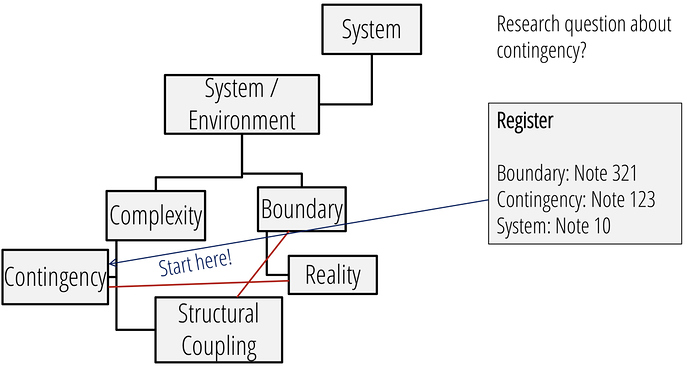While I’m a huge fan and advocate of MN3, I strongly recommend changes that will allow users to create and organize their hashtags.
Working with hashtags should allow users to have greater organizational flexibility when setting them up. Hashtags can quickly build up and become unwieldy if you’re using them for multiple projects, and that can create a massive, disorganized mess! Users can better control this by being able to manage hashtags for notebooks and documents – or by projects, even if they don’t belong MN “notebooks” or are part of the “Study” mode.
Right now it seems users can either have generic hashtags (e.g., #questions or #research) or create a set of hashtags for notebooks / “Study” mode.
I suggest another approach!
It would enable user to create specific set of hashtags, per project and / or document – in other words, one that relates to a particular subject / issue, but isn’t necessary tethered to a notebook ( “Study” mode). (I sometimes need to quickly annotate and export documents, and so it’s easier for me to do this in Documents instead of Study mode.)
It seems to me that this would enable users to more easily import and work on one or two thematic topics at a time, then purging those documents – and their corresponding hashtags – and then restarting w/ a new project with hashtags that are particular to that topic. (I also think that having the ability to do a batch PDF export of documents would also improve this process!)
Also, I’m sure other users would love to be able to create folders for hashtag sets (e.g., Names, Places, Organizations, etc.) in order to help us better organize them. Right now there’s no way to segment them, and it’s too unwieldy to find them in a long list.
Finally, and crucially… For users who use MarginNote as part of an inter-application process, we require a kind of hashtag formatting that will ensure MN-create annotations will neatly attach with their respective hashtags, and carry over during exports! Most app users and developers I’ve talked to have said the best way to do this is by creating a “space+hashtag+space” syntax, which works well in other export formats (e.g., OPML, CSV, etc.).
I know the MarginNote team has worked hard on putting together MN3, and I greatly appreciate everything they’ve done for us. I hope they can make these changes as well, since they’d significantly improve MN’s functionality – and our inter-app workflow! Thanks!


